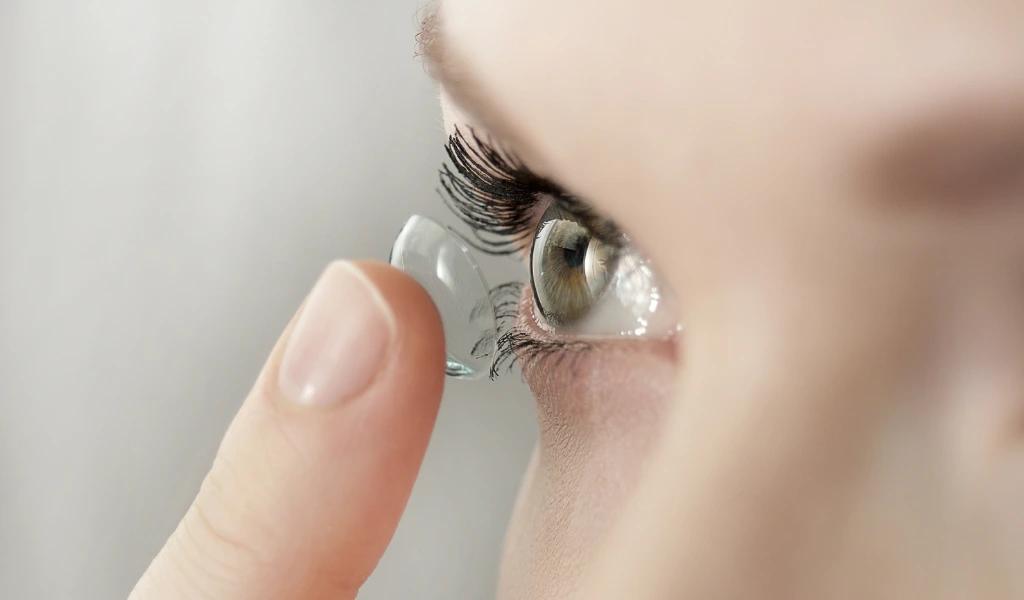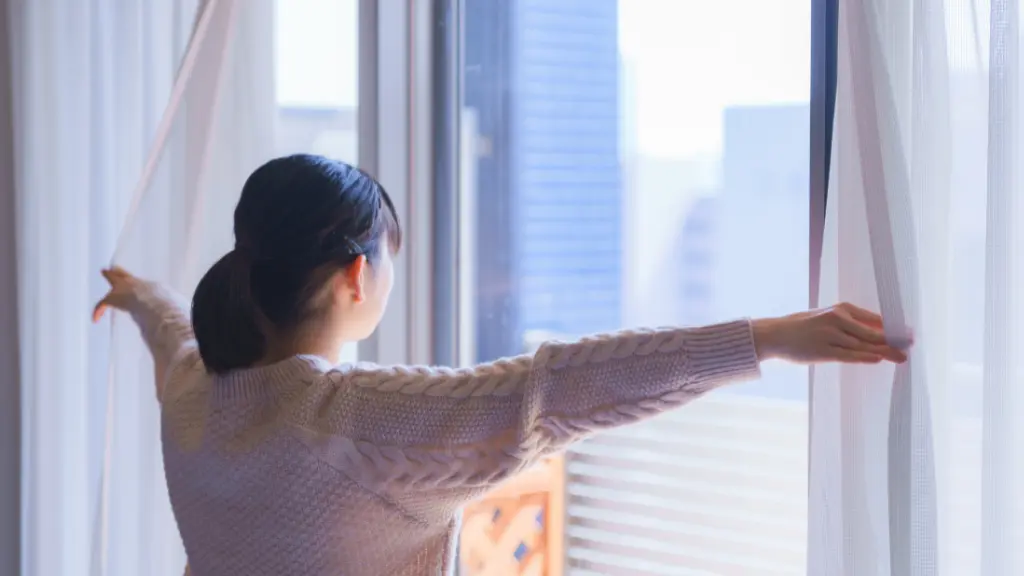Contact lenses offer clear vision and convenience. But they come with rules, one of the most important being: never sleep in them. While it may seem harmless to catch a nap or skip removing them after a long day, this habit can have serious consequences for your eye health.
Many people underestimate the risks, but understanding them could save you from long-term eye damage.
You May Also Like: Alternative Anxiety Treatments That Actually Work
What Happens to Your Eyes When You Sleep in Contacts?
When you sleep in contact lenses, your eyes don’t get the oxygen they need. Normally, your corneas absorb oxygen directly from the air. Contact lenses act as a barrier, and when your eyes are closed, oxygen supply decreases even further.
This lack of oxygen creates a perfect environment for bacteria to grow, leading to infections and complications. Over time, the risks can escalate to more severe eye conditions.
Key Risks of Sleeping in Contact Lenses
1. Corneal Hypoxia
Corneal hypoxia occurs when your corneas don’t get enough oxygen. This can cause redness, swelling, and discomfort. Chronic hypoxia can lead to more serious complications like scarring or reduced vision.
2. Eye Infections
Sleeping in contacts significantly increases your risk of bacterial, fungal, or amoebic infections. One common infection, keratitis, can cause pain, redness, and even blindness if left untreated.
3. Corneal Ulcers
A corneal ulcer is an open sore on the cornea, often caused by bacterial infections. Symptoms include severe pain, blurred vision, and light sensitivity. Corneal ulcers can lead to permanent vision loss if not treated promptly.
4. Giant Papillary Conjunctivitis (GPC)
GPC is an inflammatory reaction caused by protein deposits on your lenses. Symptoms include itching, redness, and difficulty wearing contacts. Sleeping in lenses accelerates the buildup of these deposits.
5. Permanent Vision Damage
Repeated episodes of infections or corneal damage can cause scarring, leading to permanent vision impairment. In extreme cases, it may require a corneal transplant.
Types of Contact Lenses and Sleep Safety
Not all contact lenses are created equal. Here’s a breakdown of types and their risks:
- Daily Wear Lenses: Designed for use during waking hours only. Sleeping in these poses the highest risk of complications.
- Extended Wear Lenses: Approved for overnight use, but even these increase your risk of infection if worn continuously.
- Disposable Lenses: These are often safer as they reduce the buildup of debris and bacteria, but still should not be slept in unless specifically designed for extended wear.
Even if your lenses are labeled for overnight use, it’s safer to remove them before bed.
Signs You May Have a Problem
If you’ve slept in your contact lenses, watch for these symptoms:
- Redness or swelling.
- Pain or discomfort.
- Blurred vision.
- Light sensitivity.
- Excessive tearing or discharge.
If you experience any of these signs, remove your contacts immediately and consult an eye doctor.
How to Safeguard Your Eye Health
1. Always Remove Contacts Before Bed
No matter how tired you are, take the time to remove your lenses. Keep a contact lens case and solution by your bedside as a reminder.
2. Follow Proper Lens Hygiene
- Wash your hands before handling lenses.
- Clean lenses with a fresh solution after every use.
- Replace lenses as directed by your eye care professional.
3. Schedule Regular Eye Exams
Routine check-ups can detect early signs of complications and ensure your lenses are fitting correctly.
4. Keep Backup Glasses Handy
Switching to glasses for an evening or a few days can give your eyes a break from contacts.
5. Be Cautious with Extended Wear Lenses
Even if approved for overnight use, minimize the frequency of wearing lenses while sleeping. Your eyes need oxygen to stay healthy.
What to Do If You Accidentally Sleep in Contacts
If you realize you’ve slept in your lenses:
- Remove them immediately.
- Rinse your eyes with a sterile saline solution.
- Monitor for any symptoms of discomfort or infection.
- Avoid wearing lenses for at least 24 hours to let your eyes recover.
If discomfort persists, consult an optometrist without delay.
Debunking Common Myths About Sleeping in Contacts
Myth 1: “One Night Won’t Hurt.”
Even a single night of sleeping in contacts can increase your risk of infection.
Myth 2: “It’s Safe with Extended Wear Lenses.”
Extended wear lenses reduce, but don’t eliminate, the risk of complications.
Myth 3: “I’ve Done It Before with No Issues.”
The absence of immediate symptoms doesn’t mean your eyes are unaffected. Over time, the risks compound.
Expert Insights on Contact Lens Safety
Eye care professionals universally recommend removing lenses before sleep. According to the American Academy of Ophthalmology, sleeping in contacts increases your risk of developing keratitis by six to eight times.
Investing in good lens hygiene and safe practices not only protects your vision but also prevents costly medical treatments.
Final Thoughts
Sleeping in contact lenses may seem harmless, but the risks far outweigh the convenience. From infections to permanent vision damage, neglecting lens safety can have lasting consequences.
Prioritize your eye health by following lens care guidelines and staying vigilant about removing contacts before bed. Healthy eyes are essential for a lifetime of clear vision—don’t take them for granted.











[…] You May Also Like: Why Sleeping in Contacts May Endanger Your Eyes […]